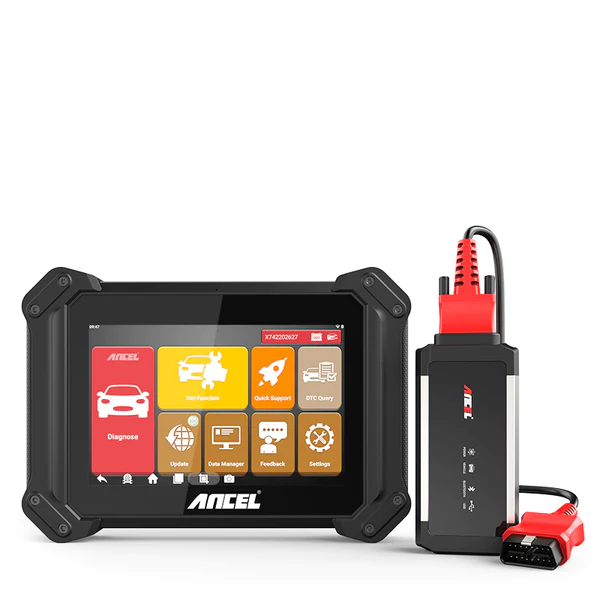
In the fast-paced world of automotive technology, staying informed about the latest advancements is crucial for every car owner. The OBD2 scanner revolution is one such advancement that has transformed the way we maintain and diagnose issues in our vehicles. In this comprehensive guide, we will delve into the world of OBD2 scanners, shedding light on what they are, how they work, and why they have become an indispensable tool for car owners.
What is an OBD2 Scanner?
OBD2, or On-Board Diagnostics II, is a standardized system implemented in most vehicles manufactured after 1996. It serves as a communication interface between the car’s engine control module (ECM) and a diagnostic tool, commonly known as an OBD2 scanner. These scanners are designed to read and interpret the data transmitted by the ECM, providing valuable insights into the health and performance of the vehicle.
The Functionality of OBD2 Scanners
OBD2 scanners come in various shapes and sizes, from handheld devices to smartphone apps. However, their primary function remains the same: to retrieve and display diagnostic trouble codes (DTCs) and other critical information from the vehicle’s ECM. These DTCs serve as clues to identify issues within the car’s systems, helping both car owners and mechanics pinpoint problems quickly and accurately.
How Do OBD2 Scanners Work?
The process is quite straightforward. When connected to the OBD2 port of the vehicle, usually located beneath the dashboard, the scanner communicates with the ECM using a set of standardized protocols. It requests real-time data, including engine RPM, vehicle speed, coolant temperature, and much more. This data is then displayed on the scanner’s screen or mobile app interface in an understandable format.
Why OBD2 Scanners Matter
Now that we understand what OBD2 scanners are and how they function, let’s explore why they are essential for car owners.
1. Cost-Effective Maintenance
Owning a car comes with the responsibility of maintenance and repair costs. OBD2 scanners empower car owners to identify problems early, potentially saving them significant repair expenses down the road. By diagnosing issues promptly, you can address minor glitches before they escalate into major, wallet-draining problems.
2. Quick and Accurate Diagnostics
Gone are the days of guesswork and lengthy troubleshooting sessions. OBD2 scanners provide precise information, allowing you to identify the root cause of a problem within minutes. This not only saves time but also ensures that repairs are targeted and effective.
3. Improved Fuel Efficiency
Monitoring your vehicle’s performance through an Car scanner can help you optimize fuel consumption. By keeping an eye on factors such as engine efficiency and emission levels, you can make adjustments to enhance your car’s fuel economy.
4. Emission Control Compliance
In many regions, cars must pass emissions tests to remain roadworthy. OBD2 scanners assist in keeping your vehicle within the acceptable emission standards. Regular scans can alert you to potential issues that may cause your car to fail an emissions test.
Choosing the Right OBD2 Scanner
With a plethora of OBD2 scanners available in the market, selecting the right one for your needs is crucial. Consider factors such as compatibility with your vehicle, the range of diagnostic functions it offers, and user-friendliness when making your decision.
Conclusion
The OBD2 scanner revolution has empowered car owners with a newfound ability to monitor, diagnose, and maintain their vehicles effectively. By investing in a quality OBD2 scanner, you not only gain peace of mind but also ensure the longevity and optimal performance of your cherished vehicle.
Frequently Asked Questions (FAQs)
-
Is an OBD2 scanner easy to use for someone with limited automotive knowledge? Absolutely! Many OBD2 scanners are designed with user-friendly interfaces and clear instructions, making them accessible even for those with minimal automotive expertise.
-
Are OBD2 scanners compatible with all car makes and models? While most OBD2 scanners work with vehicles manufactured after 1996, compatibility can vary. It’s essential to check the scanner’s specifications to ensure it works with your specific car.
-
Can I use an OBD2 scanner to turn off my check engine light without fixing the underlying issue? While you can clear diagnostic trouble codes with an motorcycle code reader, it’s essential to address the underlying problem. Ignoring the issue may lead to more significant problems down the line.



